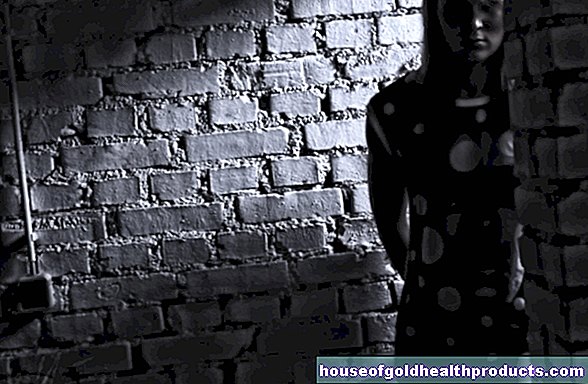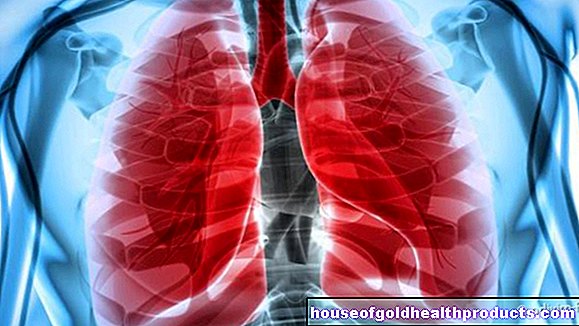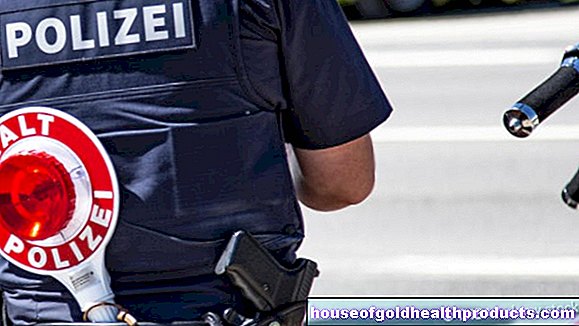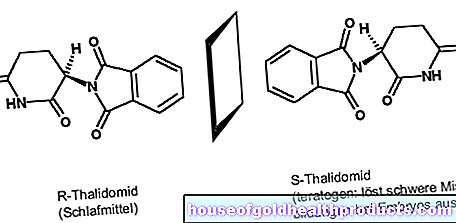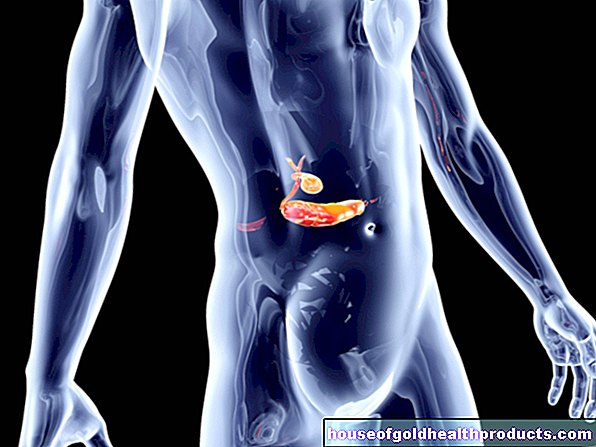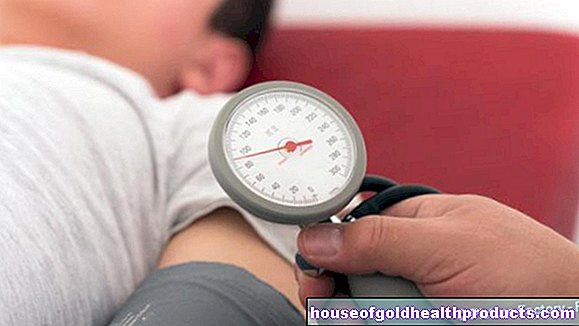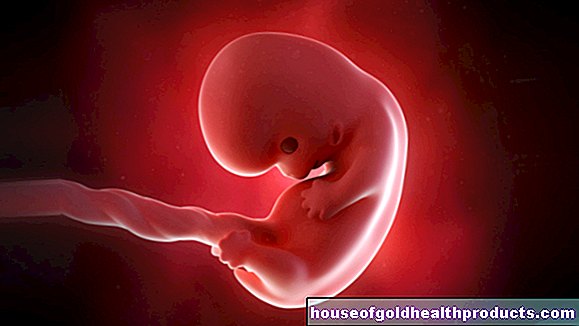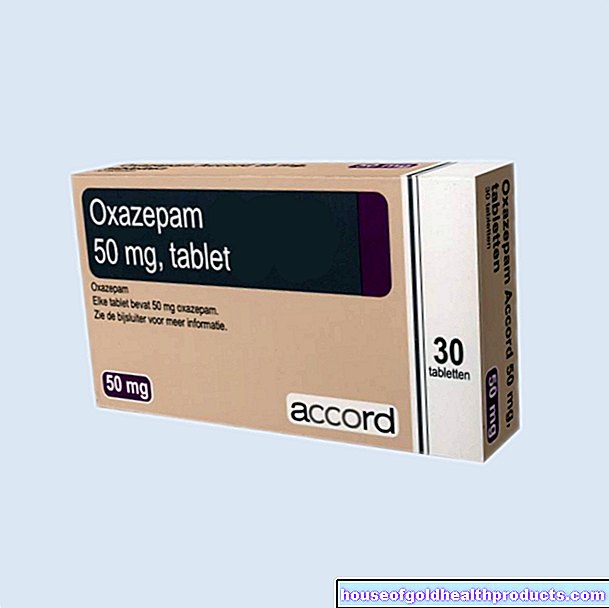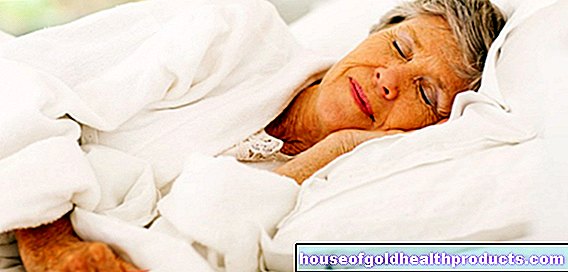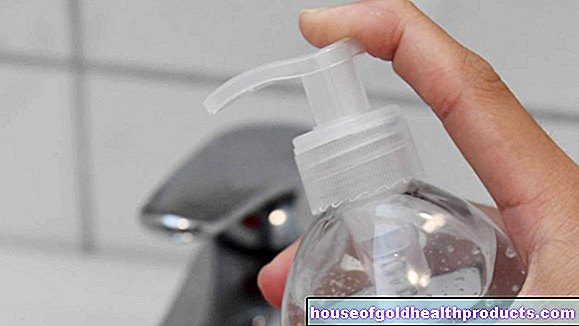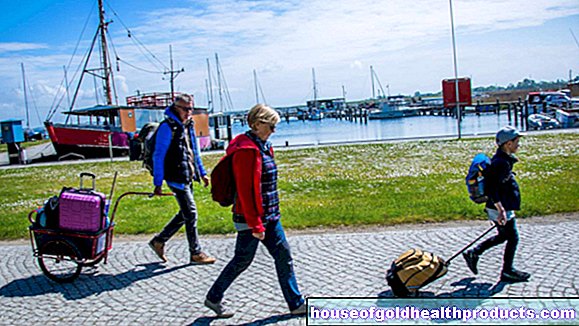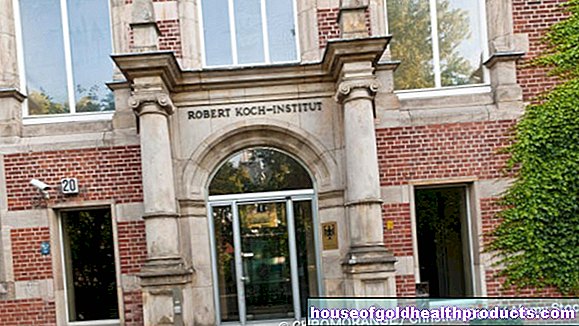Corona: EU countries agree traffic light map
Ana Goldscheider studied journalism and corporate communication in Hamburg and is now completing additional training as an editor. In a medical editorial office, she writes texts for print magazines and, among other things.
More about the experts All content is checked by medical journalists.So far it has been confusing: Which corona rules apply in which EU country for entry? What do people from risk areas have to do? Are there entry bans? In future, the EU states want to proceed more uniformly. But there will still be differences.
With a common traffic light map, the EU countries want to alleviate the corona-related travel confusion in Europe. Depending on the infection, regions should be marked either green, orange or red. For "green" areas with few corona cases, the states should not impose any travel restrictions. The ambassadors of the EU countries agreed on this on October 9th with a sufficient majority.
The concept does not provide for common rules for travelers from regions marked in orange or red. The EU states also failed to agree on Europe-wide standards for quarantine and test rules. The traffic light map is to be created by the European health agency ECDC and updated weekly. In addition to the EU states, it should also include Iceland and Norway. However, the recommendations are not binding.
Large differences in corona risk assessment
So far, each country has decided with its own criteria which other EU countries or regions it classifies as a risk area. That leads to big differences. That is why the EU Commission proposed criteria for uniform travel restrictions as well as corona and quarantine rules at the beginning of September. These were originally even more extensive than the current agreement.
However, critics argued that this did not take into account the different performance levels of health systems. The EU states want to coordinate better in the future when it comes to quarantine questions and the possibility of testing out a negative corona test.
The numbers behind the traffic light colors
In future, the criteria for the corona card will be the number of corona infections per 100,000 inhabitants within the past two weeks. In addition, the rate of positive tests and the rate of tests carried out should play a role. At least for travelers from "green" regions, the EU states should no longer refuse entry. These would be areas where fewer than 25 in 100,000 people became infected within 14 days, and where the rate of positive tests is below 4 percent.
"Orange" would be regions in which there were less than 50 new cases per 100,000 inhabitants in 14 days, but the rate of positive tests is 4 percent or more. Also "orange" would be regions in which the incidence is between 25 and 150 cases, but the rate of positive tests is below 4 percent. With a 14-day incidence from 50 and a positive rate from 4 percent, regions would be marked "red" - or with an incidence higher than 150. In addition, there should be "gray" regions with insufficient data.
Additional criteria are planned
Additional criteria could include data on population size, admission to hospitals and intensive care units, and death rates. The affected country should be informed of possible measures - at best 48 hours in advance. There should be exceptions for seasonal workers, diplomats, truck drivers or journalists on duty. They also want to work on a joint return form - digital if possible. (ag / dpa)
